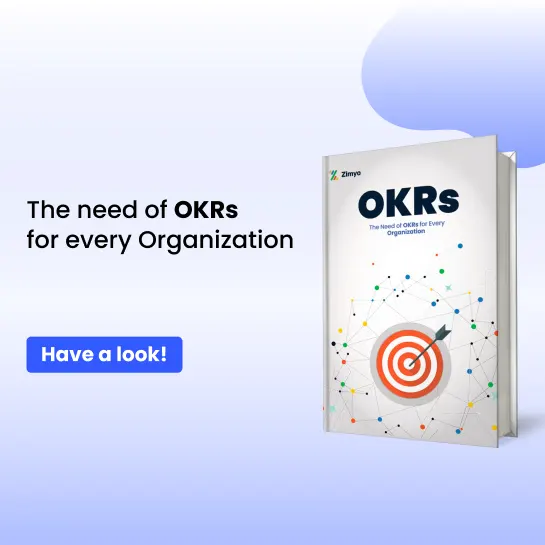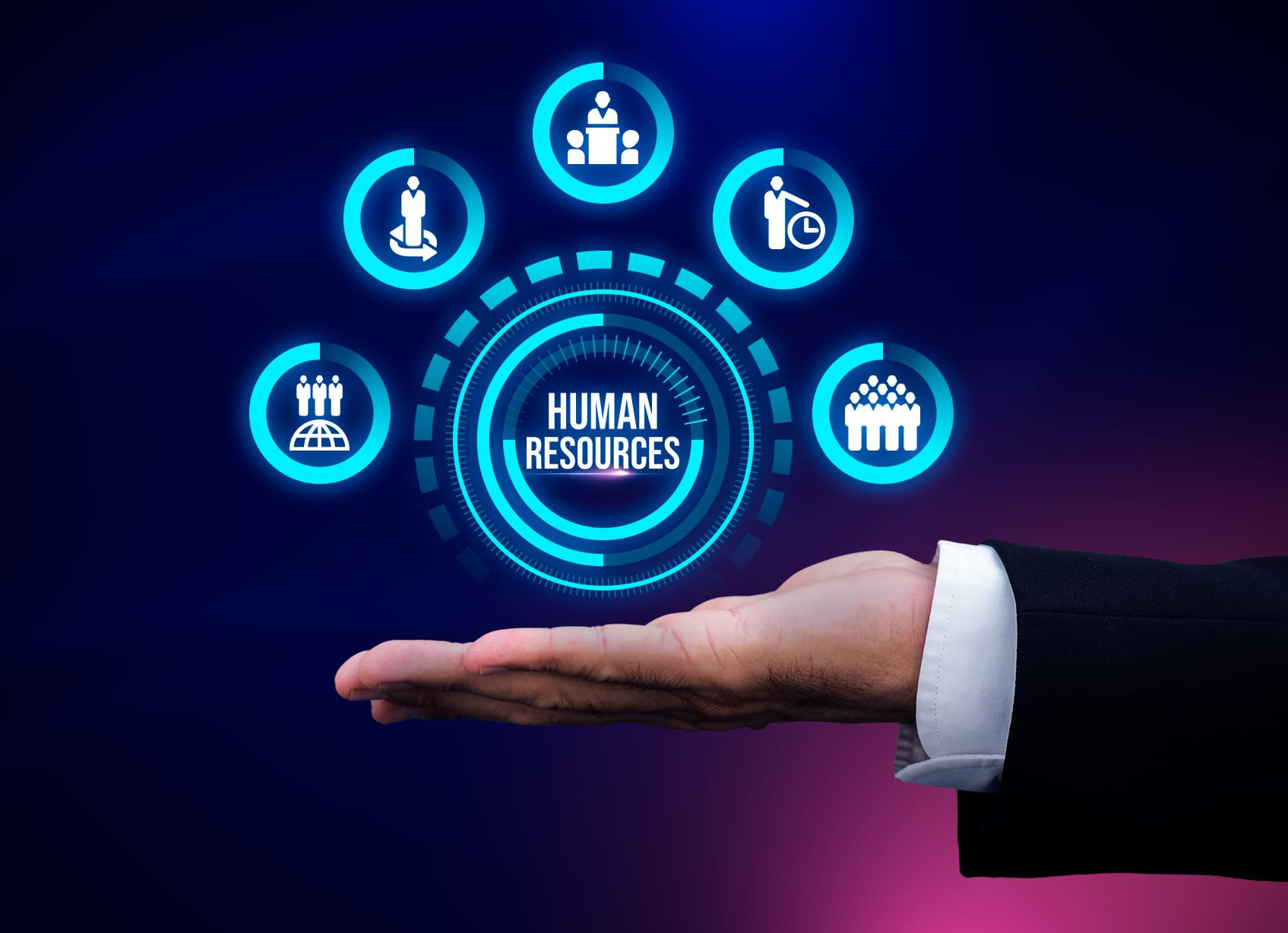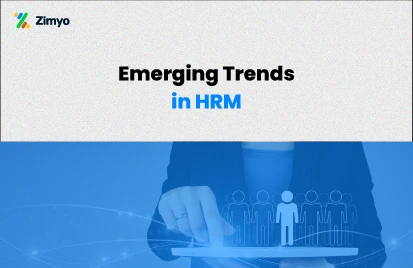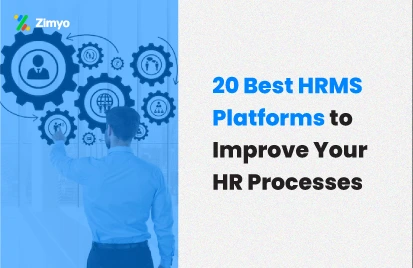Ever wondered what goes into an efficient Human Resource Management System (HRMS)? Well, let’s dive right into it. The modern workplace demands efficiency, and HR modules are the backbone of any successful HRMS, streamlining operations, enhancing productivity, and making life easier for HR professionals. Today, we’re going to explore the essential HR modules that every HRMS should have and how they can transform your HR operations.
What Are HR Modules, and Why Should You Care?
First things first—what exactly are HR modules? Think of HR modules as the building blocks of your HRMS. Each module focuses on a specific HR function, whether it’s managing employee data, processing payroll, or tracking attendance. Together, these HR modules create a comprehensive system that automates and simplifies HR tasks. In a world where efficiency is key, having the right HR modules in place is non-negotiable.
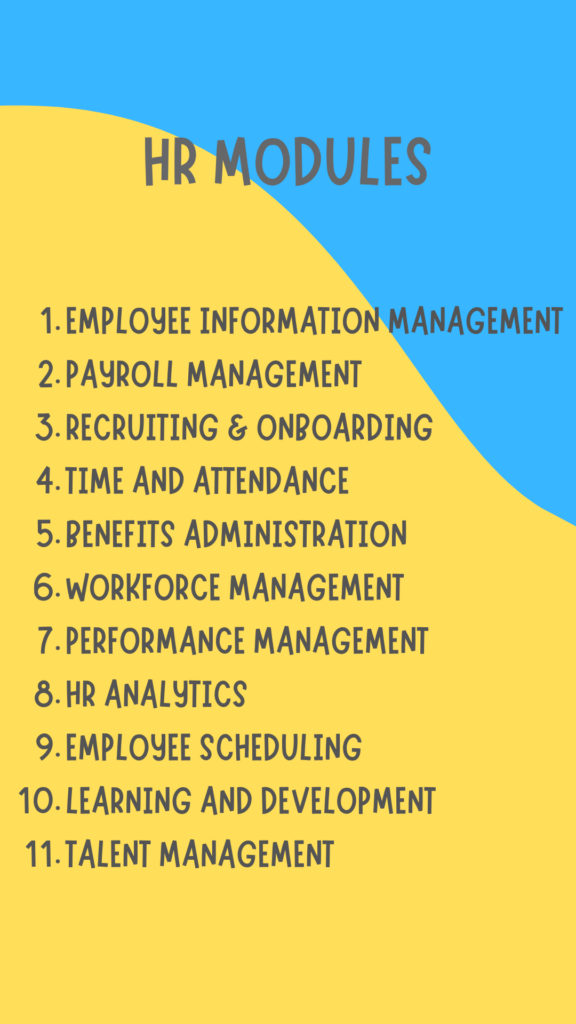
1. The Power of Employee Information Management
Let’s start with the heart of any HRMS: Employee Information Management. Imagine trying to manage hundreds or even thousands of employees without a centralized system. Sounds like a nightmare, right? This HR module ensures that all employee data—personal details, job history, performance records—are stored securely and are easily accessible.
- Security: HRMS solutions offer high-tech security to protect sensitive employee information from unauthorized access. Think of it as a digital vault for your most valuable data.
- Self-Service Portals: Employees can log in to view their information. Thus, reducing the workload on HR professionals. Who wouldn’t want to check their pay slips or update personal details without having to bother HR?
2. Simplifying Payroll with Payroll Management Software
Next up, let’s talk about the Payroll Management module. Managing payroll can be a headache. But not with an efficient HRMS in place. Payroll software automates everything from calculating salaries to processing reimbursements.
- Accuracy: The software ensures that every paycheck is accurate. Hence, reducing the risk of costly errors.
- Compliance: It also handles statutory compliance. Resultantly, making sure you’re always on the right side of the law.
- Customization: Need custom reports? No problem. Payroll management software lets you generate customized reports to meet your specific needs.
3. Recruiting & Onboarding Made Easy
Ever found yourself buried under a pile of resumes? The Recruiting and Onboarding HR module is here to save the day. This HRMS feature automates the hiring process. Thereby, making it faster and more efficient.
- Streamlined Hiring: From posting job vacancies to sorting applications, this module takes care of it all.
- Efficient Onboarding: New hires are automatically guided through the onboarding process. Thus, ensuring they’re ready to hit the ground running.
4. Keeping Track with Time and Attendance
Time management is crucial. The Time and Attendance HR module tracks employee hours, manages shifts, and even monitors absenteeism. Why does this matter?
- Accuracy: Forget about outdated punch cards. Biometric systems make sure that time tracking is accurate and precise.
- Efficiency: Automated systems reduce the chances of human error. Hence, ensuring that everyone is paid accurately for the hours they’ve worked.
- Absenteeism Tracking: Keep tabs on who’s clocking in and out, and tackle absenteeism before it becomes a problem.
5. Streamlining Benefits Administration
Let’s not forget about Benefits Administration. Managing employee benefits can be complex, but with the right HRMS module, it’s a breeze.
- Cost-Effective: Automating benefits administration reduces potential costs by minimizing errors and streamlining the process.
- Employee Satisfaction: Clear communication about benefits and easy access to information keeps employees happy and engaged.
6. Workforce Management: The Key to a Productive Team
Workforce management makes sure that your team is functioning at its best. This HR module provides real-time information that empowers employees to make informed decisions.
- Event Management: Automatically manage events, from team meetings to company-wide training sessions.
- Compliance: Stay compliant with legislative requirements. And, keep your business clear.
- Decision-Making: Use tools like plan comparison features to help employees make the best choices for their needs.
7. Increase Productivity with Performance Management Software
Evaluating employee performance is crucial for growth. The Performance Management HR module helps you track, review, and improve employee performance.
- Goal Setting: Set and manage goals that align with your company’s objectives.
- Appraisals: Schedule and conduct performance reviews. Thus, providing employees with the feedback they need to improve.
- Data-Focused Insights: Use big data to gain a broader understanding of individual and team performance.
8. The Power of HR Analytics
In today’s data-driven world, HR Analytics is a must-have HR module. This feature integrates with other HRMS modules to provide actionable insights into your workforce.
- Metrics: Track key metrics like turnover rates, training efficiency, and employee productivity.
- Reports: Generate comprehensive reports that help you make informed decisions and optimize HR processes.
9. Simplifying Scheduling with Employee Scheduling Tools
Employee scheduling can be a daunting task. Especially with a large workforce. The Employee Scheduling HR module simplifies this process. As a result, you can make sure that you always have the right people in the right place at the right time.
- Efficiency: Save time by automating the scheduling process, reducing the risk of human error.
- Flexibility: Handle complex shift patterns with ease, ensuring that your business runs smoothly.
10. Upgrading Employee Skills with Learning & Development
Investing in your employees’ growth is key to retaining top talent. The Learning and Development HR module provides the tools you need to train your workforce effectively.
- Online Training: Use web-based software to manage and distribute training materials.
- Goal Integration: Align training with employee performance goals. Hence, ensuring that development is targeted and effective.
- Interactive Learning: Facilitate communication between trainees and instructors. Thereby, creating a more engaging learning experience.
11. Talent Management: Building a Strong Workforce
Finally, let’s talk about Talent Management. This HR module helps you identify, attract, and retain top talent.
- Succession Planning: Prepare for the future by identifying potential leaders within your organization.
- Recruitment Integration: Align your talent management strategy with recruitment campaigns to ensure you’re attracting the right people.
- Career Development: Help employees plan their careers. Henceforth, keeping them motivated and engaged.
Conclusion
So, there you have it! An in-depth look at the HR modules that make up a powerful HRMS. These modules work together to create an easy and simplified experience for both HR professionals and employees. Whether you’re looking to simplify payroll, improve employee performance, or manage your workforce more effectively, there’s an HR module that can help.
Now, ask yourself: Is your HRMS equipped with the right modules? If not, it might be time for an upgrade. After all, the success of your HR strategy depends on having the right tools at your disposal. So, why wait? Start exploring the possibilities of HR modules today, and take your HR operations to the next level.

